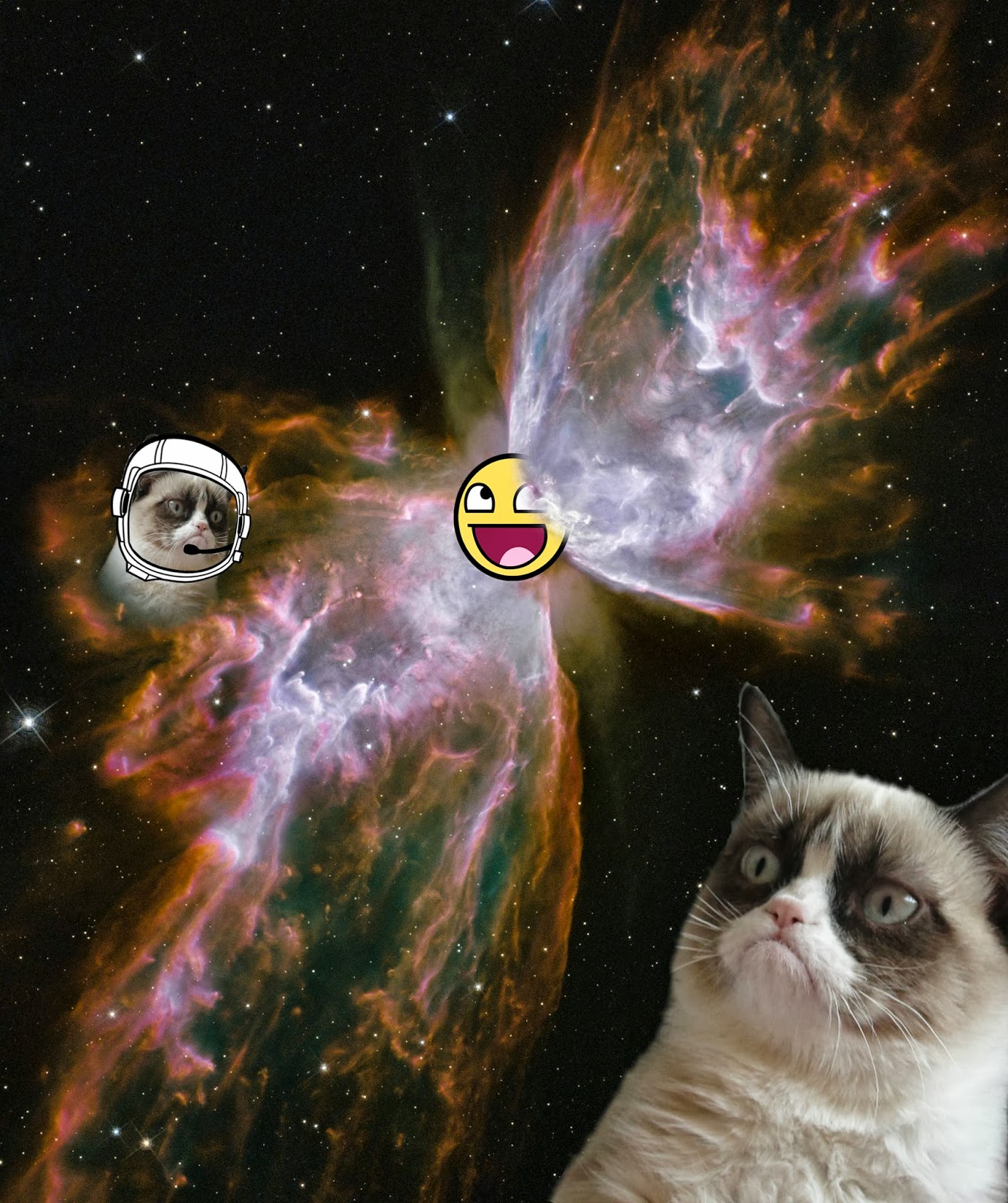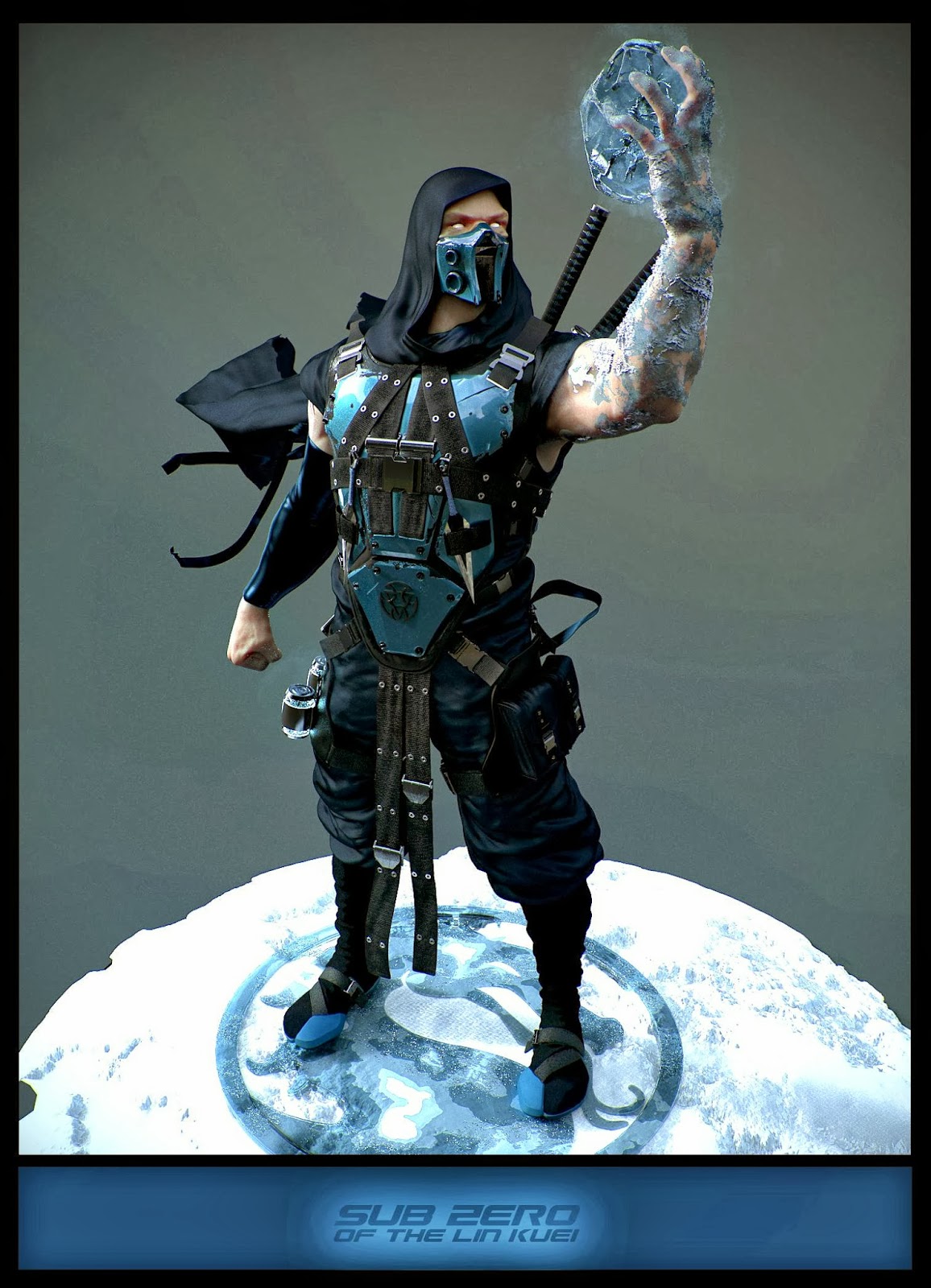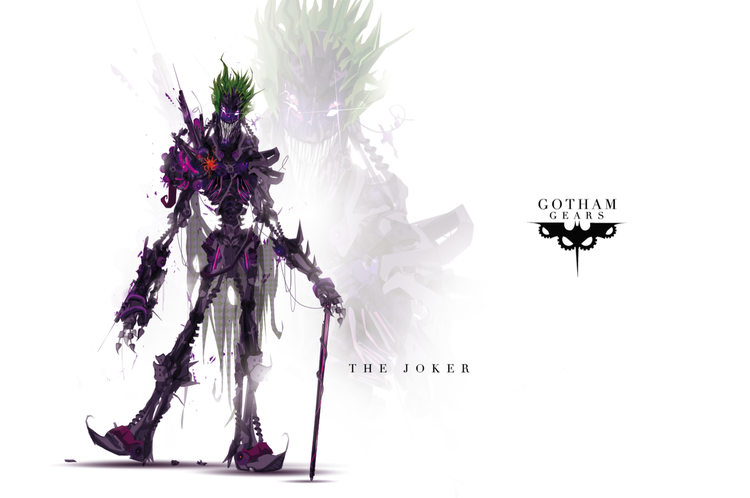Breaking Ben
So, it's been a few weeks now, and the course is coming along quite interestingly. The first drawing exercise I did was to practice sketching basic shapes of the human face. We gradually built up to being tasked to spend as long as we liked on a portrait. I chose Bryan Cranston, as Walter White (Breaking Bad). This is as far as I got with ~2.5 hours. The shape of the head is way off (top-right), and the beard looks too neat, with many hairs going in the same direction. However, it is striking at first glance (light/dark contrast), so I'm happy with that.
After this, we moved on to practice perspective. Starting with 1 and 2 point (later moving on to "2.5" point). This was an enjoyable exercise for me, as it has been a while since I've drawn something accurately in perspective. I realise now that it's a technique I should be practising much more often, as it will help greatly with transferring concepts in to a 3D space.
I also greatly enjoyed working with the felt markers, to recreate a horror-themed bathroom. My goal was to work as quickly as I could - as I have a habit of taking a lot time on my work, as a result of caring too much as to where my next line goes -, giving a much more fluid and natural feel to the piece. (No picture as of yet, I intend to retrieve it for the blog).
I feel as though I'm having trouble tapping in to my creativity, during lessons with Ben, I need to free up my mind a little. However, I think that it is quite restricted by my inexperience with Maya, as most of the things that I like to create are biological and organic.
 Photoshopping
PhotoshoppingOur first Photoshop lesson was interesting. We were left to our own devices, with the only direction being, "grab some images and manipulate them". I ended up with this (Right).
The week after, things got even more fun. The tablets were unleashed upon the class, clearly over-loved - covered in bruises and scratches. My task that lesson was to use the mouse to draw something for 1 hour, then to use the tablet to draw something for another hour. I decided to pick something that made picking out differences between the two tools easy to spot; a sphere. I spent a full hour, drawing a sphere with the mouse. It came out okay, kinda rugged, not well shaded. However, to come out with a better result with the tablet, it took around 15-20 minutes. So, for the rest of the lesson, I doodled some other things, like portraits, eyeballs... y'know, guy stuff.
Maya and Me (and Simon)
 Throughout our lessons with Simon, we've been learning new techniques in Maya. Extrusion was a big one, in our first real task, which was creating a chair (accurately, from reference). Now that we've been given our first grand project of designing Sci-Fi assets to a game, I'm now working on coming up with concepts, leading to authographics of said concepts, and then finally, the 3D model.
Throughout our lessons with Simon, we've been learning new techniques in Maya. Extrusion was a big one, in our first real task, which was creating a chair (accurately, from reference). Now that we've been given our first grand project of designing Sci-Fi assets to a game, I'm now working on coming up with concepts, leading to authographics of said concepts, and then finally, the 3D model.My first concept of a weapon (Left). This design was critiqued by Ben and he, thankfully, pointed out that it was just too close to my reference (Crescent Moon, RWBY). When the base sniper-rifle image was my own (Right), the concept and shape of the scythe attached to it were too similar. I argued that the shape of a scythe isn't going to really change, but it couldn't be disputed, and the idea is being altered. Currently going for a more "blunt" approach. Other than this weapon, I have ideas of sticking with a law enforcement (or just enforcement) theme. Steampunk shackles/hand-cuffs have been doodled, a sci-fi whip (likely to drop this), and also a steampunk cane - because gentlemanly law enforcement is the future, Sir.
Drewday Tuesdays
Sitting at the front of the class, with the teacher chatting away about art history sounds like a bore. Not with Drew. So far, the most dreaded part of the course, has been sufficiently stimulating, and quite enjoyable. Powerful PPPs from Drew on some of the most iconic art, and relevant artistic movements, have led me to seek out some of my own enlightenment. I sat, and I watched Blade Runner. Throughout the film, I could see how so much influence has come from it - I was nearly lulled in to re-installing Deus Ex. Some of the scenes were truly awesome. I particularly liked J.F. Sebastian's house; creepy.
I digress. Drew has set us on a quest to forge an art gallery, to step in to the curator's shoes. We formed groups - Myself, Chris and Chad - and picked a decade from the last century (the 80s, for us). We split the research up between us. I took music, Chris looked at general disasters/tragedies/historic events, and Chad looked at films and games. Through my research, I've discovered extensive amounts of British New Wave music, and Rock 'n' Roll. However, a track by David Bowie called Time Will Crawl has struck me most, as it's based on the Chernobyl incident, which was a huge tragedy in the 80s. Thus, linking historical events, and music together. Showing how it can influence art.
Worklog-Bot will see you in a week or two!
Bzzzzzt-bye!~








